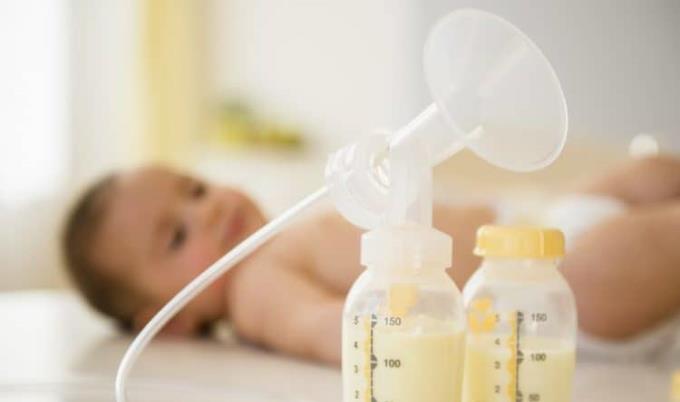When you are born, breast milk is the best food for your baby. This source of nutrients is formed from the beginning of your pregnancy and develops gradually when your baby is born. So how does breast milk form?
During early pregnancy, the mother's breast signs change from the outside and inside. This is the transformation needed to make up your baby's nutritional source in the future. What are the signs? Breast milk is formed like? The following information will answer these questions for you in the most specific way.
How do women's breasts change?
If you are pregnant, you will notice a big change inside your nipples. Physical changes, such as getting soft, enlarged breasts, and a change in the nipples and areola are one of the earliest signs of conception and forming of breast milk.
Experts once believed that changes in the color of areola make it easier for a newborn to recognize the mother's breast, but there is no evidence to support this. Babies' eyes are actually only closed when breastfeeding, so they cannot see the areola clearly.
Another signal that breastmilk is slowly forming in preparation for feeding is when the areola nodules become larger and clearer, usually during the first trimester . These bumps are called the Montgomery line. It secretes oils that lubricate the nipples, preventing dryness, cracking and infection when mothers breastfeed.
Breast milk formed like?

The most significant changes are not those that are visible on the outside, but what happens inside the breast. The development of the placenta stimulates the release of the hormones estrogen and progesterone, which in turn stimulates the complex biological system that enables milk production to be prepared step by step.
Before pregnancy, the supportive tissue, milk glands and protective fats form a large part of the breast. The amount of adipose tissue varies in women and that is why female breasts come in many different sizes and shapes.
Your breasts will become swollen from when the baby is 6 weeks old. The main ducts - a network of channels designed to deliver milk through the breast - are in place from the moment you are born. The milk glands lie still until puberty, with a spike in estrogen levels, causing them to grow and enlarge. During pregnancy, these glands change to develop at a higher rate.
By the time you give birth, the mammary gland tissue will expand significantly. This is the reason that makes mother's breasts bigger than ever. Each breast can weigh nearly 700g. The tubes that branch out into smaller channels near the chest wall are called ducts. At the end of each ducts is a small bunch of grapes called cysts. A cluster of breast cysts is called a lobe. A cluster of lobules is called a lobe. Each breast contains 15–20 lobes, with one duct per lobe.
Driven by the hormone prolactin, the milk follicles use proteins, sugars and fats from the pregnant woman's blood and produce breast milk. A network of cells surrounding the breast follicles compresses the glands and pushes milk out into the ducts leading to a larger duct. The lactation system will fully develop around the last 2 months of pregnancy, so you can have milk to feed your baby even if your baby is born prematurely .
Hopefully the above article has helped you answer the question how breast milk is formed during pregnancy. Learn more about the different stages and characteristics of breast milk in the articles of aFamilyToday Health!












